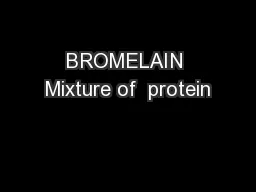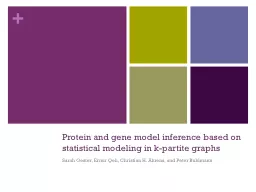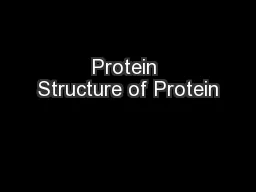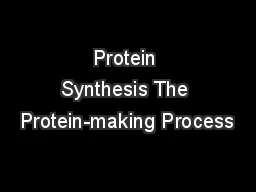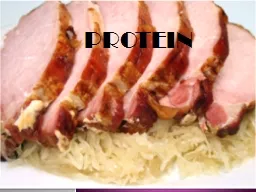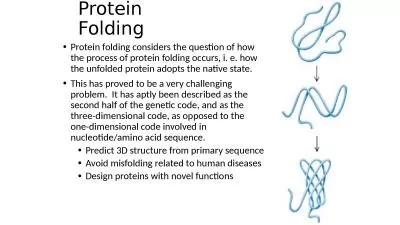PPT-BROMELAIN Mixture of protein
Author : giovanna-bartolotta | Published Date : 2018-11-05
digesting enzymes known as proteolytic enzymes or proteases include several other substances as well either of two proteases extracted from plant family bromeliaceae
Presentation Embed Code
Download Presentation
Download Presentation The PPT/PDF document "BROMELAIN Mixture of protein" is the property of its rightful owner. Permission is granted to download and print the materials on this website for personal, non-commercial use only, and to display it on your personal computer provided you do not modify the materials and that you retain all copyright notices contained in the materials. By downloading content from our website, you accept the terms of this agreement.
BROMELAIN Mixture of protein: Transcript
Download Rules Of Document
"BROMELAIN Mixture of protein"The content belongs to its owner. You may download and print it for personal use, without modification, and keep all copyright notices. By downloading, you agree to these terms.
Related Documents

